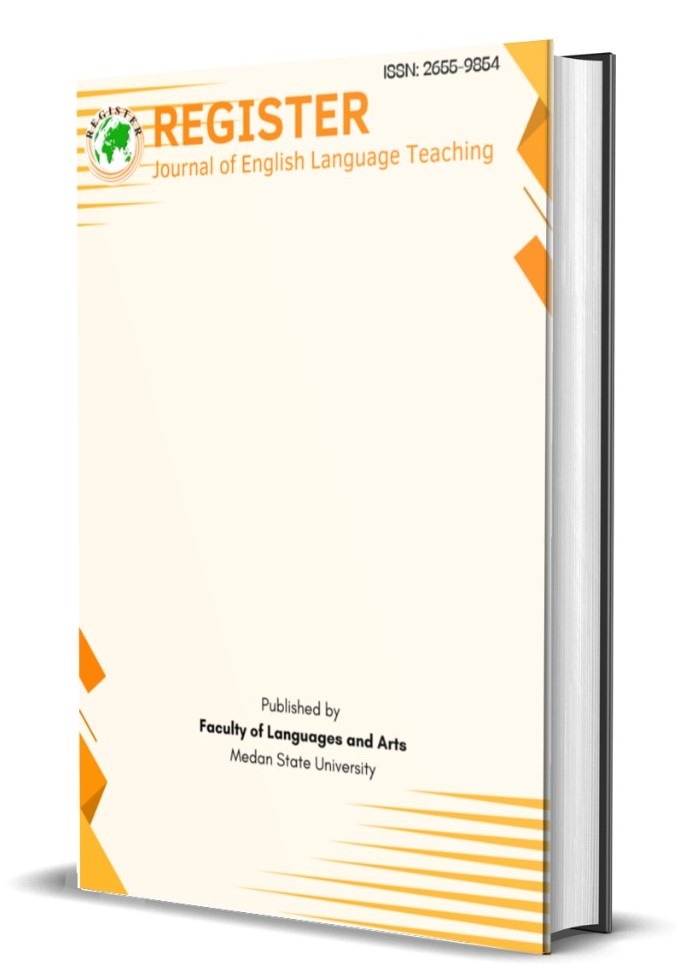Student Vocabulary Learning through Content in Non-English Classrooms: A Systematic Review
DOI:
https://doi.org/10.24114/reg.v14i3.65688Abstract
Students frequently encounter challenges when trying to learn specific vocabulary, especially in non-English classrooms. In addition, when students struggle to acquire specific vocabulary, they often spend more time interpreting words than understanding the concepts, which ultimately decreases learning efficiency. To tackle this issue, there are several methods used, such as Content-Based Instruction (CBI) and Content Language Integrated Learning (CLIL). This method promotes a comprehensive learning process that integrates multiple subject areas, supporting students' physical, psychosocial, and cognitive development through more engaging and meaningful learning experiences. Therefore, this study examines recent research on vocabulary learning strategies employed in non-English classrooms by using a systematic literature review of articles published from 2016 to 2025 from SCOPUS to identify shared objectives and outcomes using the PRISMA framework. We analyzed 340 papers, and through data screening, we found 12 papers that match our research aim. The analysis reveals three primary identified manners of how teachers teach vocabulary in EMI settings, including Student-Centered Learning (SCL), which highlights active engagement, autonomy, and peer interaction, promoting a deeper retention of vocabulary. Integration of Information and Communication Technology (ICT) promotes student independence, motivation, and practical language application. Integrating vocabulary lessons with writing, reading, and speaking skills boosts student engagement and retention, leading to more meaningful learning experiences. This research emphasizes the need for educators to develop vocabulary lessons that go beyond mere memorization. Moreover, the review underscores the importance of teacher training and curriculum design that aligns with these strategies to improve language learning outcomes in EMI settings.Downloads
Published
Issue
Section
License
Copyright (c) 2025 Efa Nur Hariyati, Niswa

This work is licensed under a Creative Commons Attribution-NonCommercial-ShareAlike 4.0 International License.
Authors who publish with this journal agree with the following terms:
- Authors retain copyright and grant the journal right of first publication with the work simultaneously licensed under a Creative Commons Attribution License that allows others to share the work with an acknowledgment of the work's authorship and initial publication in this journal.
- Authors are able to enter into separate, additional contractual arrangements for the non-exclusive distribution of the journal's published version of the work (e.g., post it to an institutional repository or publish it in a book), with an acknowledgement of its initial publication in this journal.
- Authors are permitted and encouraged to post their work online (e.g., in institutional repositories or on their website) prior to and during the submission process, as it can lead to productive exchanges, as well as earlier and greater citation of published work (See The Effect of Open Access).
- This work is licensed under a Creative Commons Attribution-ShareAlike 4.0 International License.








